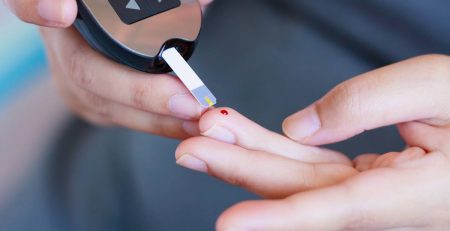Is your Achilles Tendon your Achilles Heel?
Homer was onto something when he killed Achilles off with an arrow to the heel in the Iliad! Anyone who has experienced Achilles Tendon pain will vouch for how excruciating and debilitating it is. But what is the Achilles Tendon? How can it be damaged? And more importantly – what can you do if you DO damage it?
The Achilles Tendon connects the muscles of the calf – the gastrocnemius and the soleus – to the bones of the ankle. It is the largest tendon in your body and controls your ability to point your foot and toes. It is therefore vital in being able to jump walk on tippy-toes (listen up all you budding ballerinas!) and climb stairs. The tendon comes under great pressure in situations where there is a quick start – such as the beginning of a race – or stop, or a pivot.
While Achilles injuries can happen in everyday life, they are most common in sports – especially sports like netball, football, tennis and running. Your Achilles Tendon can also fall victim to the wear and tear of repetitive motions.
If you rupture your Achilles Tendon you might hear a popping or snapping noise. You will certainly feel instant and severe pain. Walking will be very painful, and you will be unable to point your toes. A less severe injury – possibly caused over time by over use, may present as pain and swelling and can occur anywhere from the back of the heel to about 5cm up the back of the leg. This may be described as Achilles Tendonitis if there is only swelling or Tendonosis if there is a slight tear.
A severe Achilles Tendon injury may require immediate surgery. However, if surgery is not required rehabilitation and pain reduction treatment should begin immediately, as recovery can be a slow process. Initially, resting the leg and avoiding aggravating activities is essential.
Once the pain has reduced a combination of Sports Chiropractic and Podiatric treatment provides the ideal solution. Treatment would include soft tissue work to release any tension in the calf and tendon, dry needling to release any trigger points that have developed and massage to reduce any swelling and provide general relief for the leg. A qualified Podiatrist would then evaluate the tendon and may recommend specific footwear or orthotic therapy to reduce the likelihood of a recurrence. This combination of treatment is very important, as once it has been damaged the tendon no longer possesses its original tensile strength, which places it at increased risk of continued re-injury or more ruptures.
If you are experiencing Achilles Tendon pain, avoid high heels, reduce any running uphill and ensure you are wearing supportive shoes. If you feel pain or tightness in your calf stop exercising and visit your local Sports Chiropractor, Physiotherapist or Podiatrist.
If you would like any more information, or you feel that you might have a problem with your Achilles Tendon our Chiropractors, Physiotherapists and Podiatrists are always happy to chat with you so please call the clinic on 9639 7337.



